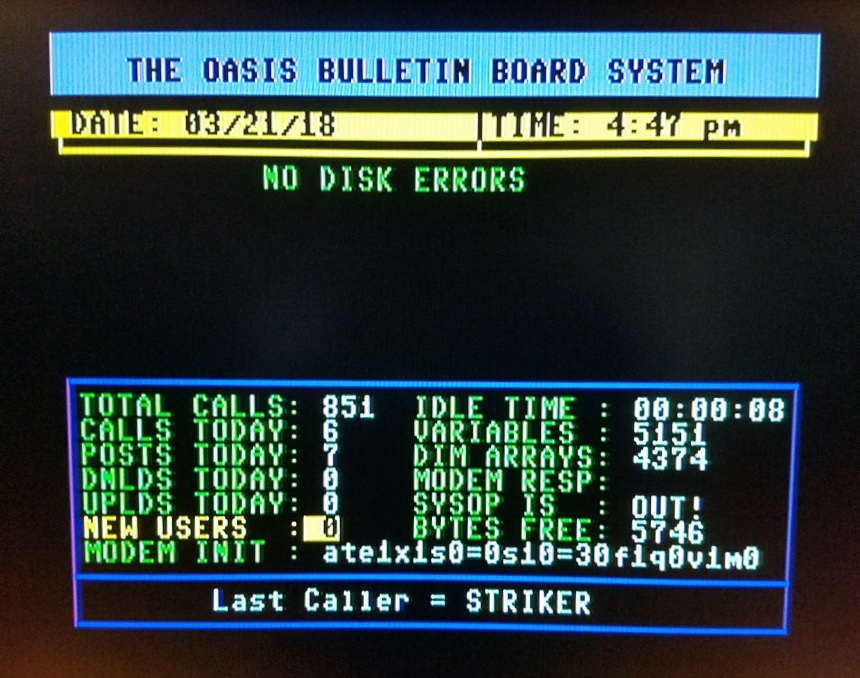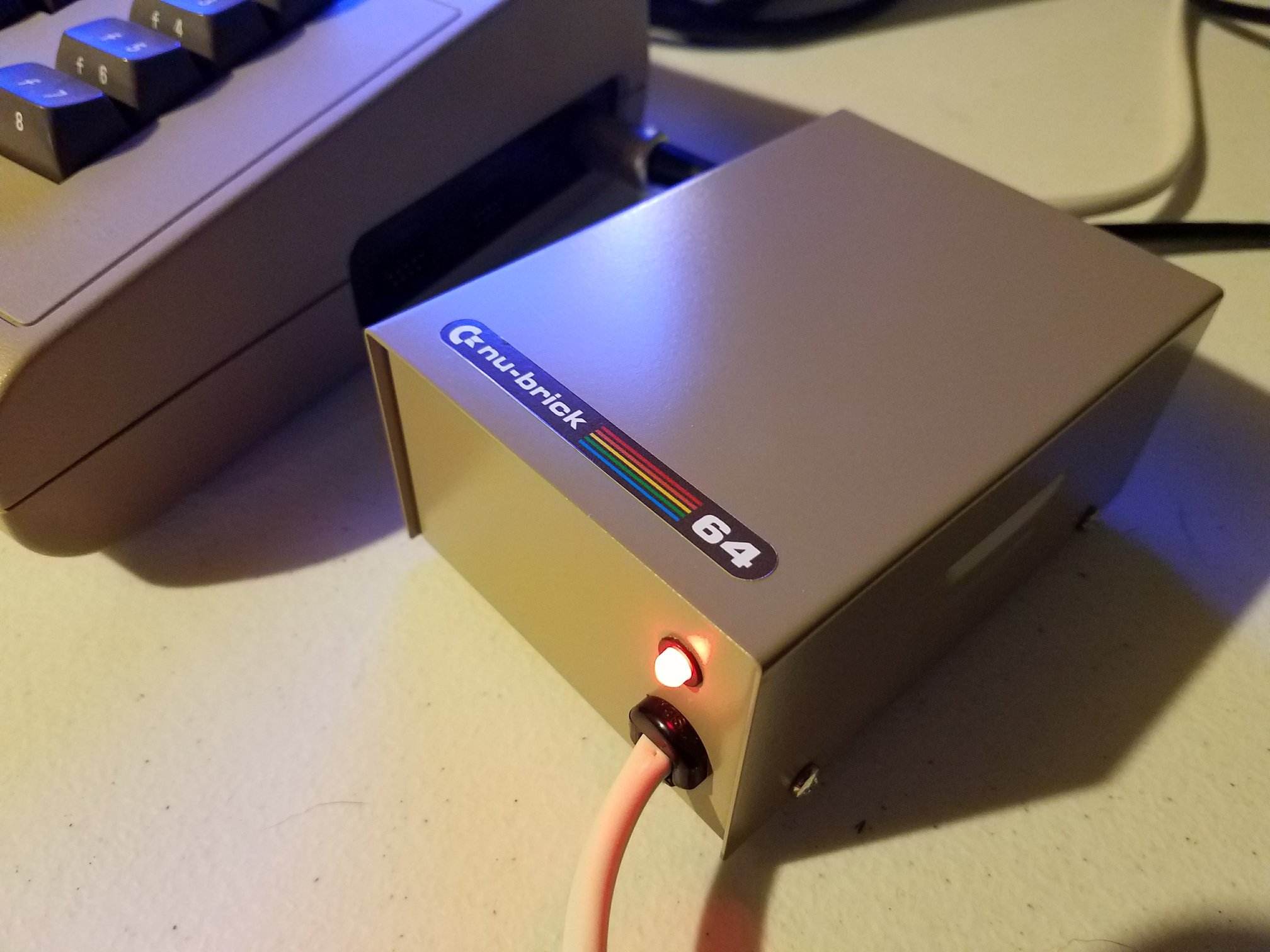In his latest video, Captain Commodore provides a clear look at how Commodore 64 cartridges work, from memory mapping to modern DIY boards. He walks through cartridge types, their functions, and explains how these devices interface with the C64’s hardware.
A Quick Look at C64 Memory
The Commodore 64 uses a 6510 processor—a tweaked version of the 6502—which addresses only 64KB of memory. Cartridges function by replacing parts of that memory space with their own ROM. The C64’s PLA chip handles this switching by responding to signal lines like GAME and EXROM, deciding what appears in memory at any given moment.
Ultimax and Standard Modes
There are three main cartridge configurations: 8K, 16K, and Ultimax. Ultimax mode, inherited from the Commodore MAX, replaces the upper portion of memory entirely. Jupiter Lander is a well-known example of a game using this mode.
Standard cartridges, on the other hand, map to lower parts of memory. 8K and 16K options allow for more traditional code execution and require specific signal settings to activate the correct address blocks.
DIY Cartridge Builds
Captain Commodore highlights the Versa64Cart, a DIY-friendly board. Using a DIP switch and a few components, it lets users burn their favorite games to EPROMs. The board can hold multiple games and support various configurations like multiple 8K titles or even Ultimax formats. It’s an inexpensive project—ten boards and the parts cost under £10.
Plug-and-Play Flash Options
For those who prefer convenience, devices like the Kung Fu Flash and EasyFlash 3 are recommended. The Kung Fu Flash plays almost any cartridge ROM from an SD card and is easy to build or buy pre-assembled. EasyFlash 3 adds support for larger games through bank switching and even kernel replacement.
Advanced Alternatives
Captain Commodore also covers high-end options. The Sidekick64, powered by a Raspberry Pi, emulates various systems and even supports virtual SID chips. The Ultimate II+ cartridge emulates tape, disk drives, and supports nearly all cartridge types.
Making It Your Own
DIY cartridges like Magic Desk provide a fun way to create personal game compilations. These EPROM-based carts often include menu systems and can store up to 2MB of content. Captain Commodore shows off one he built, explaining how the selector switch toggles memory banks.
For those just starting out, he recommends sticking with the Versa64Cart or Kung Fu Flash. Both offer easy entry into cartridge use or development without requiring deep technical skills.







